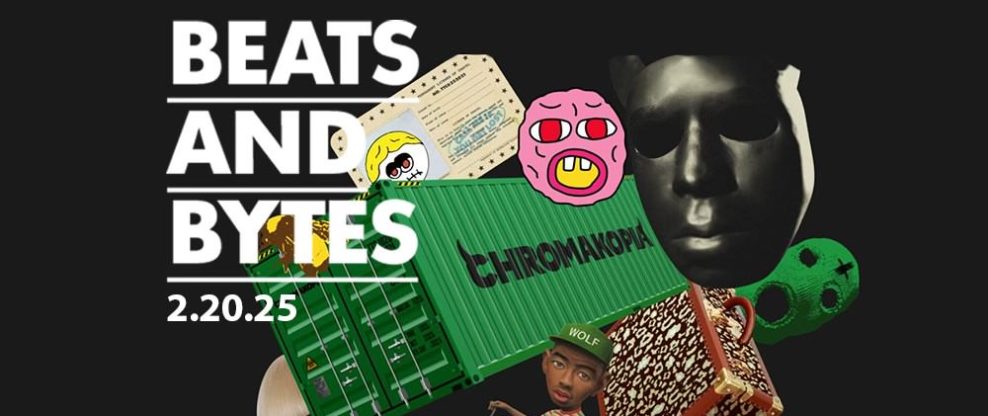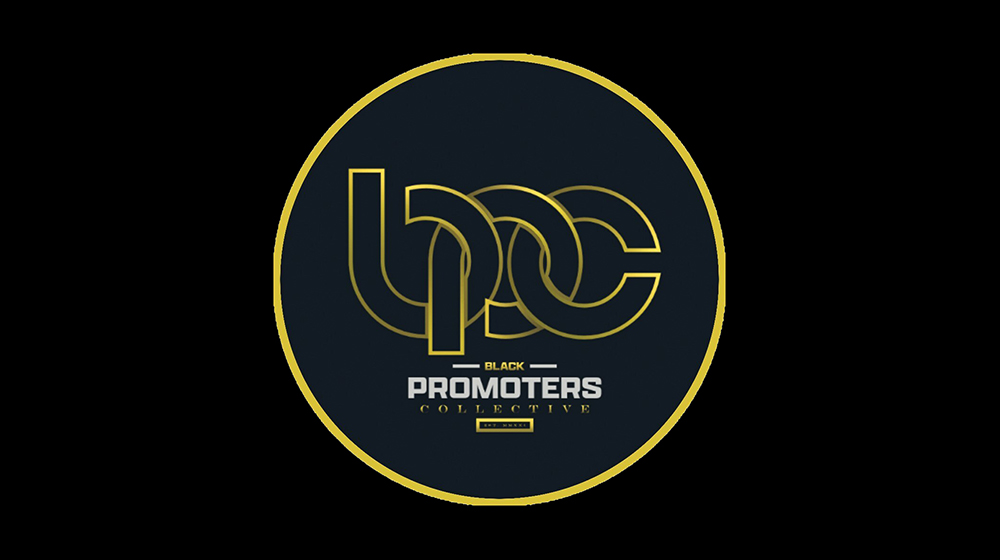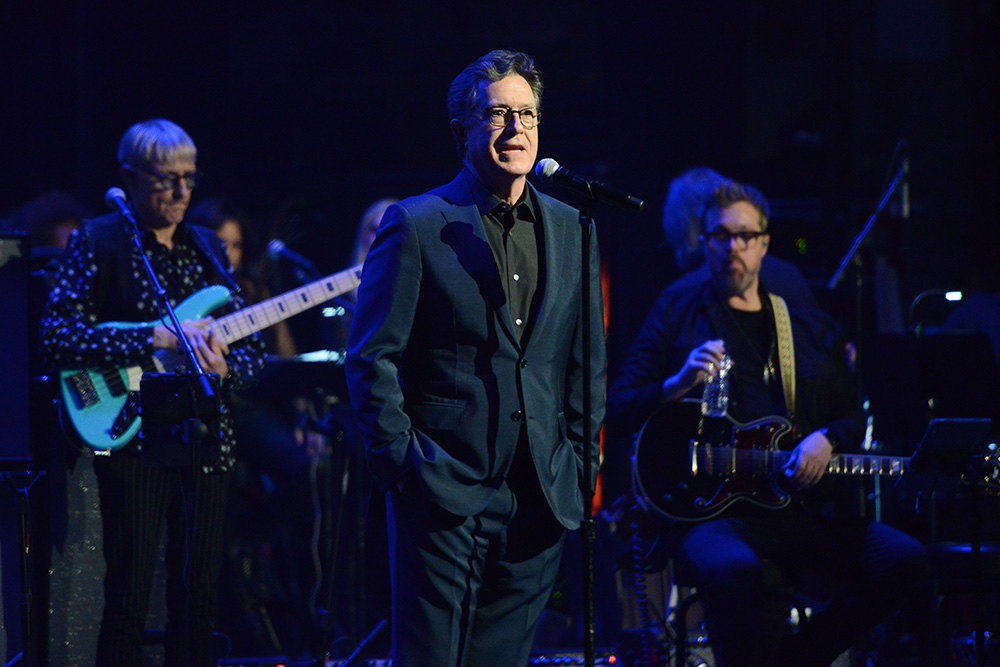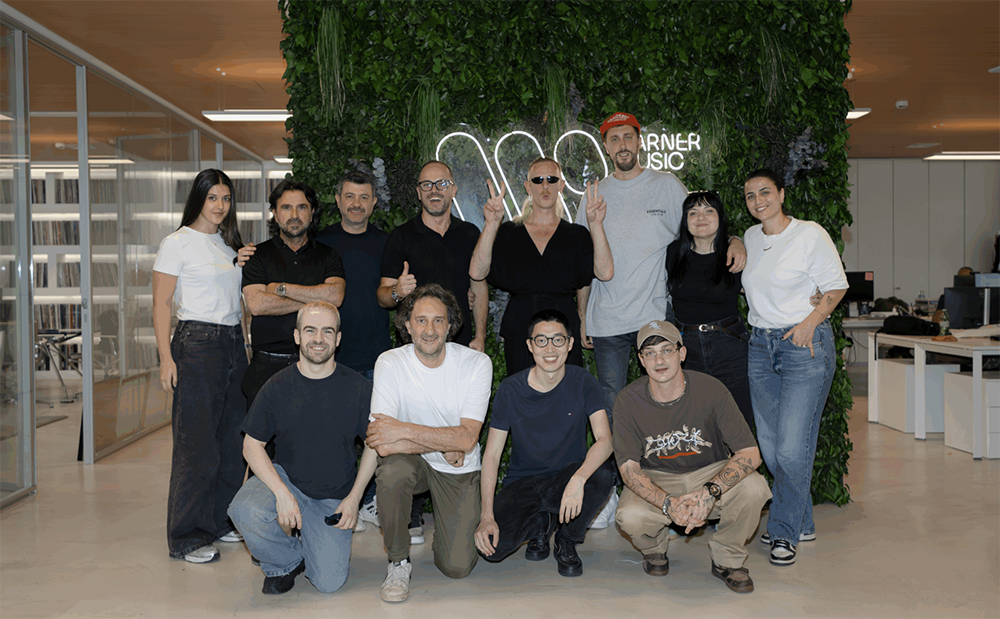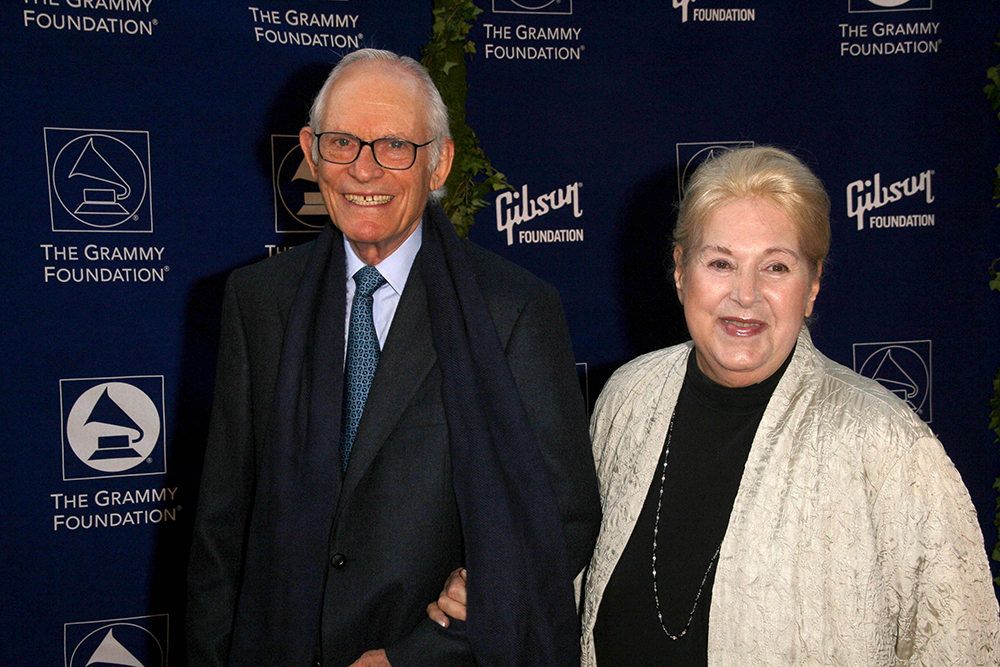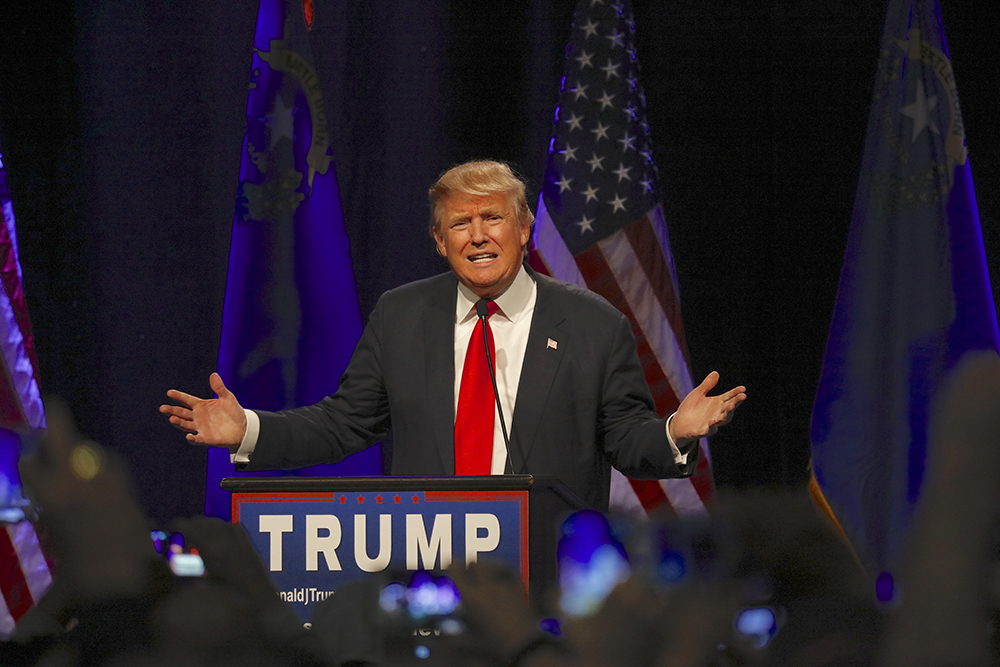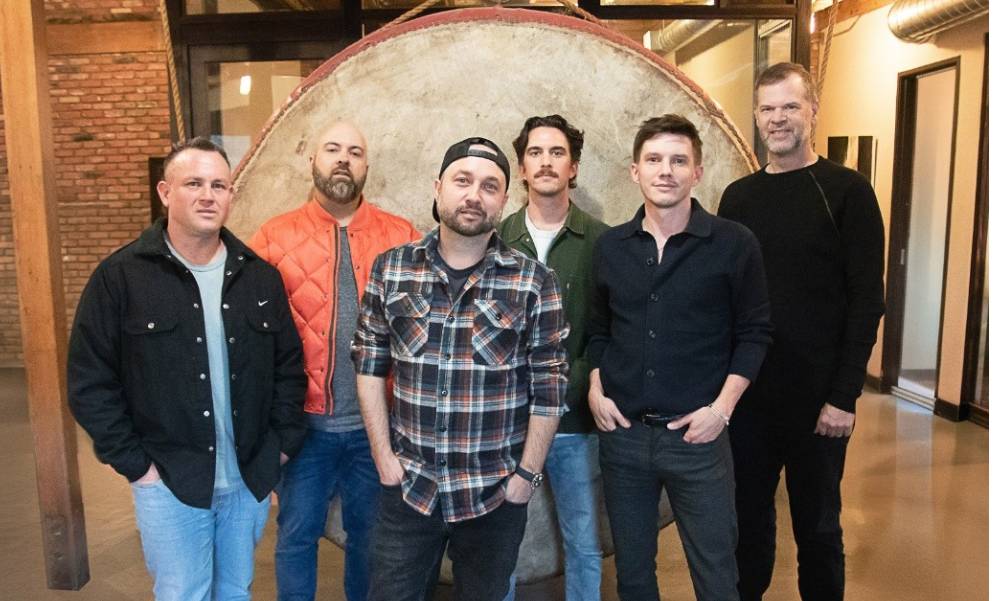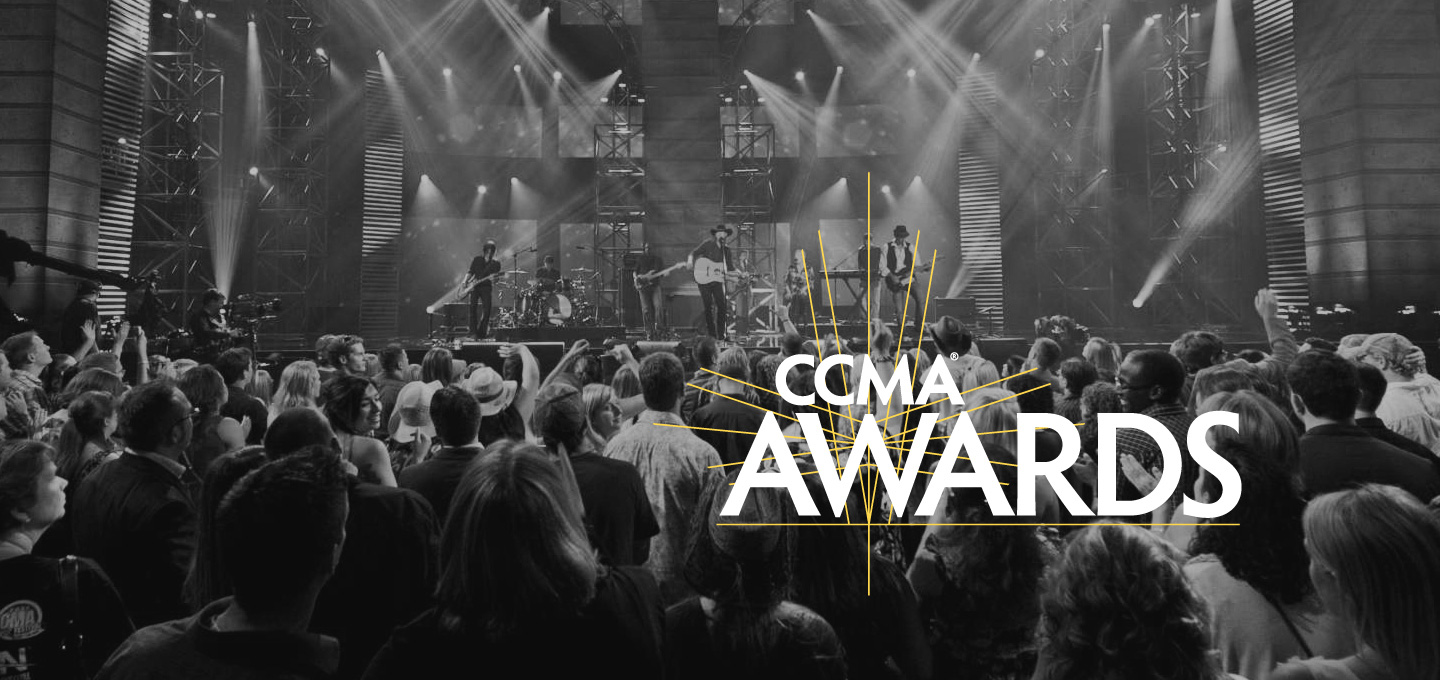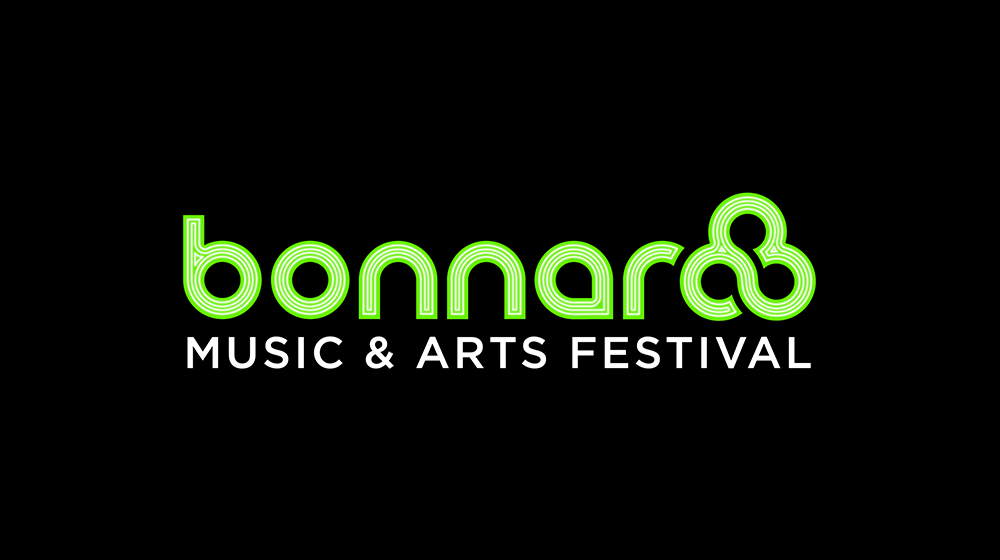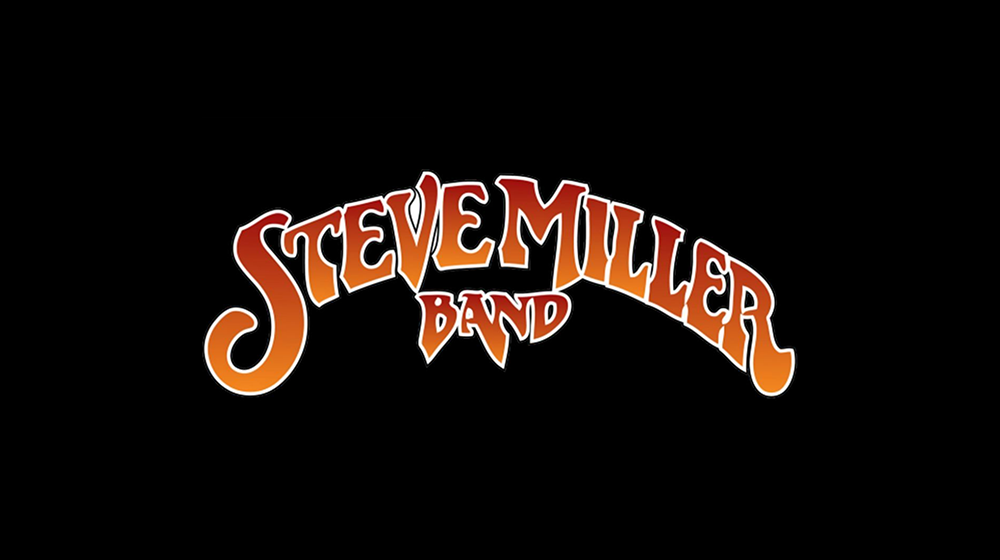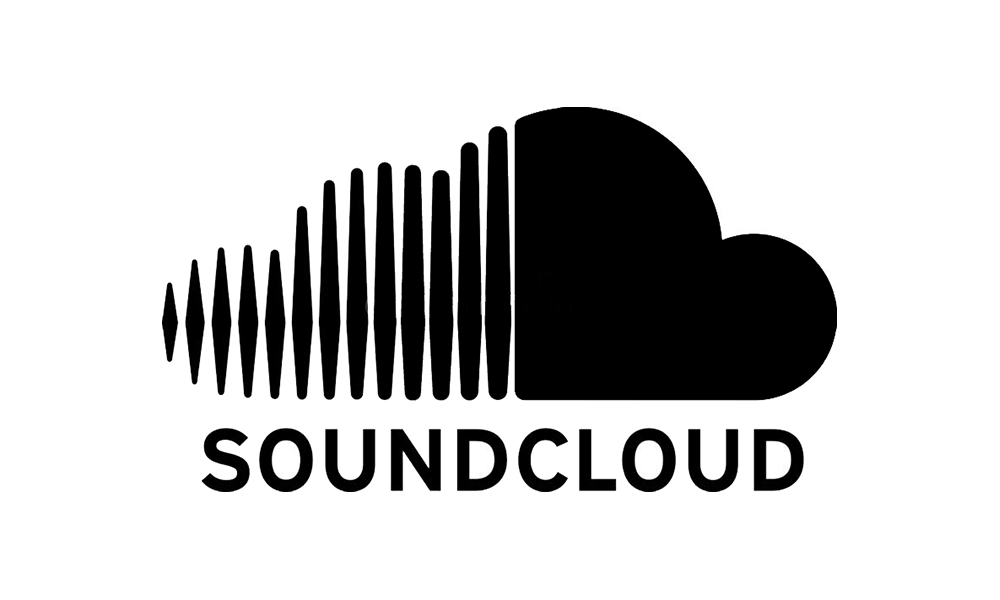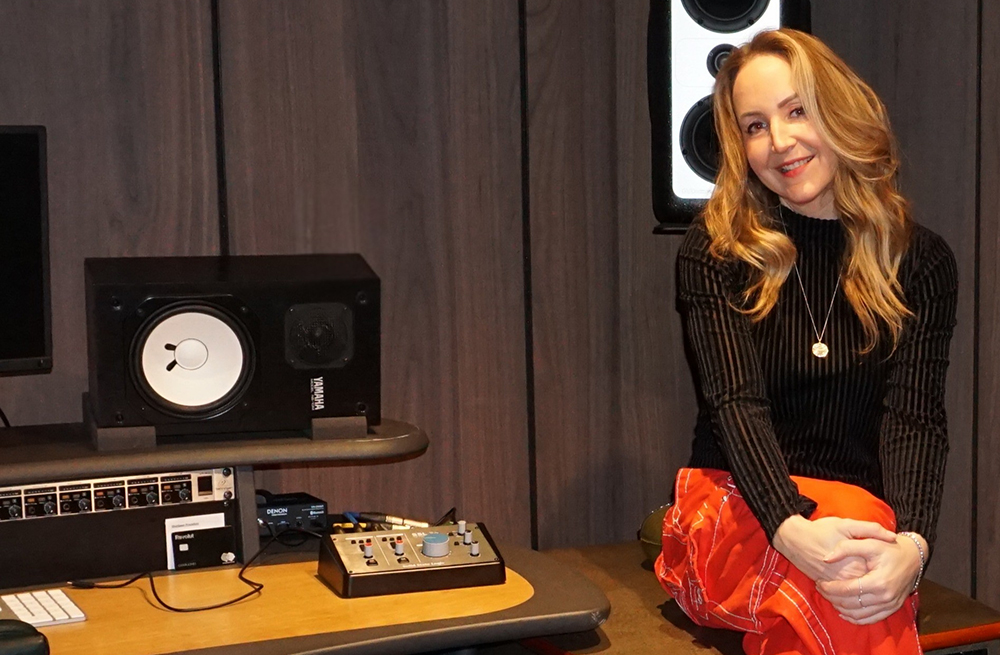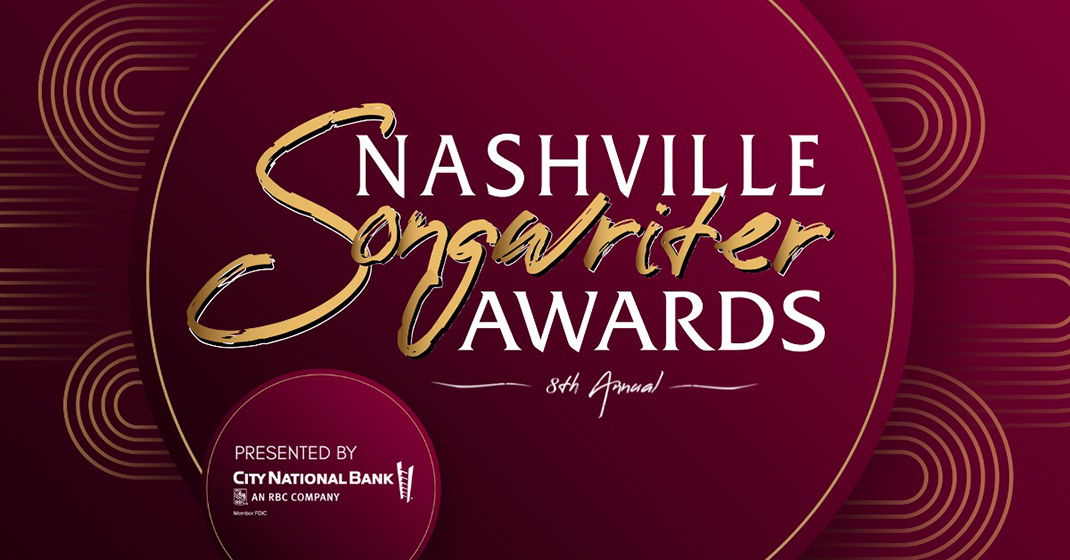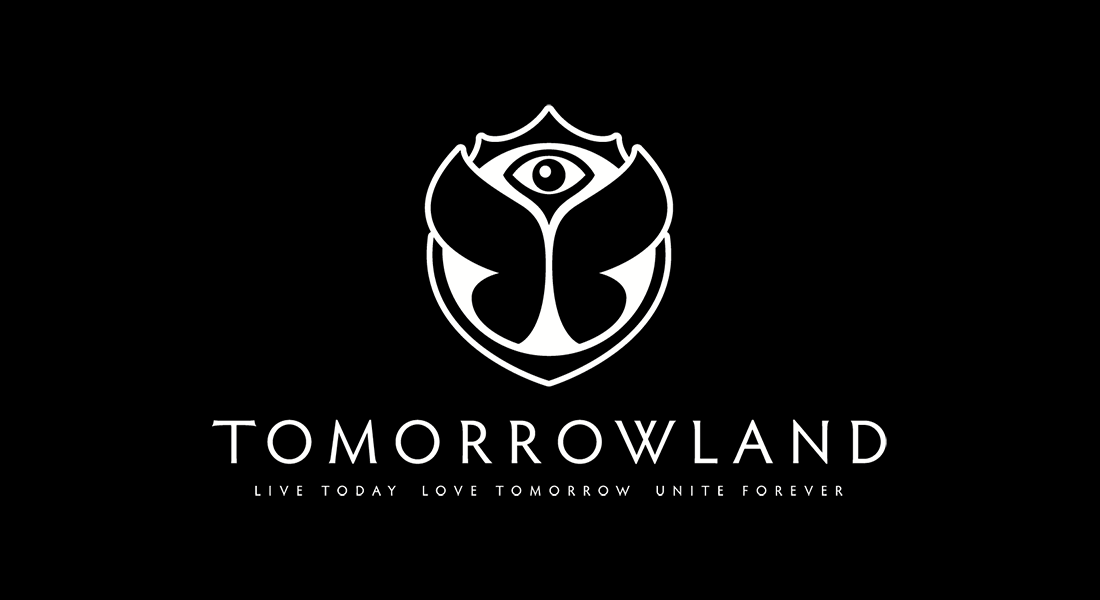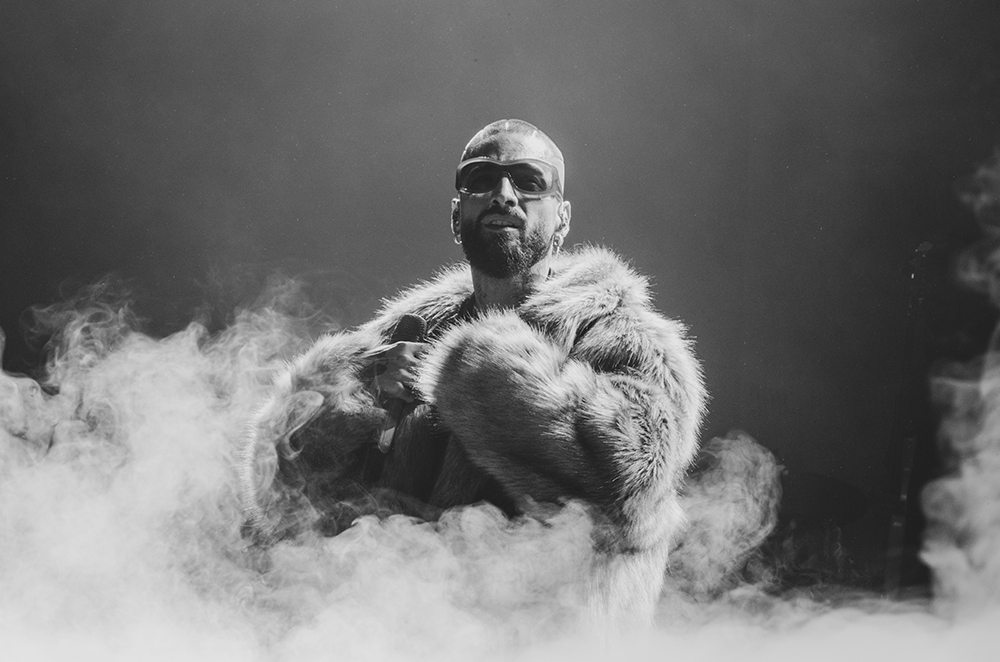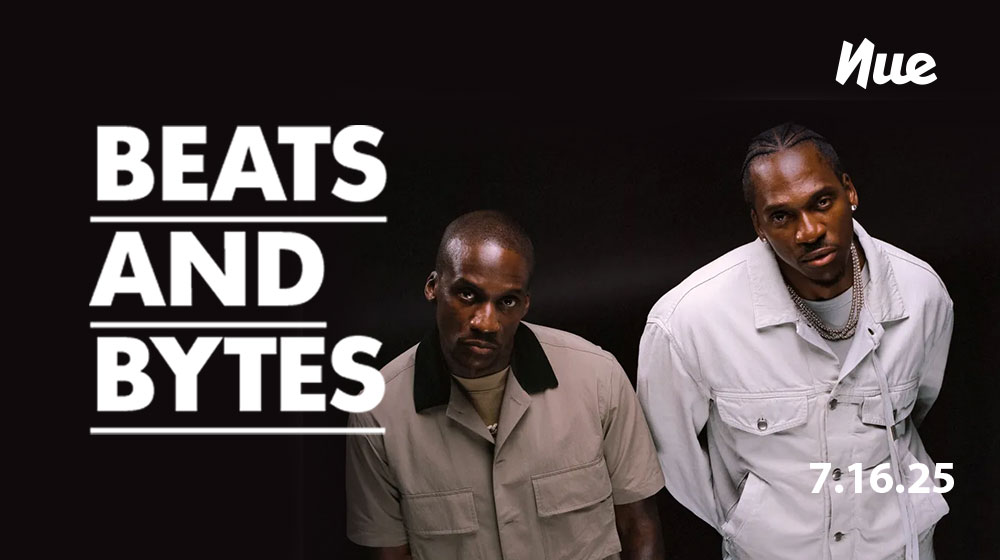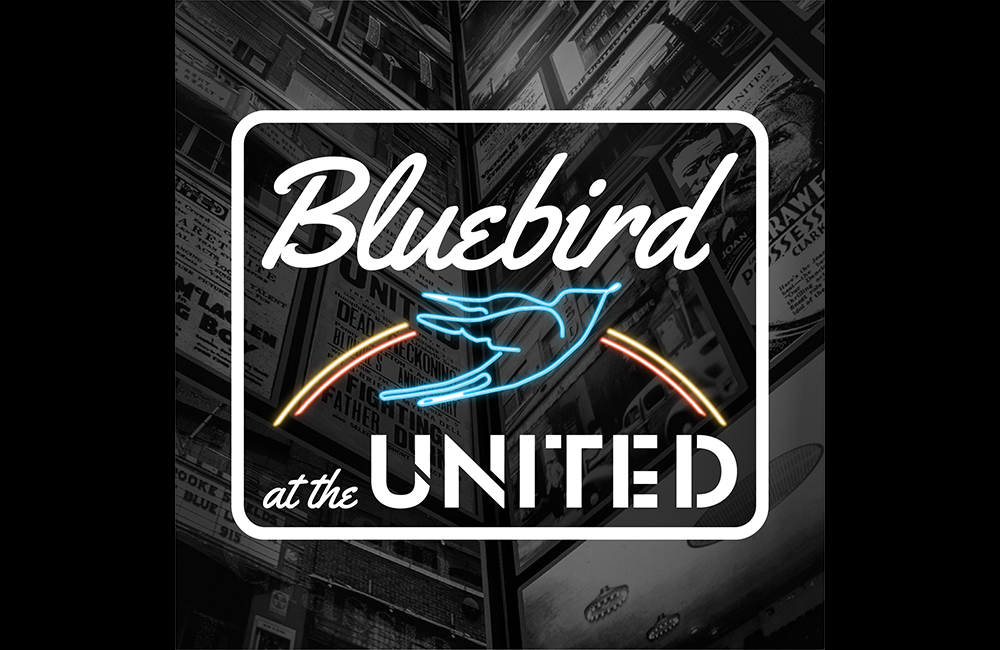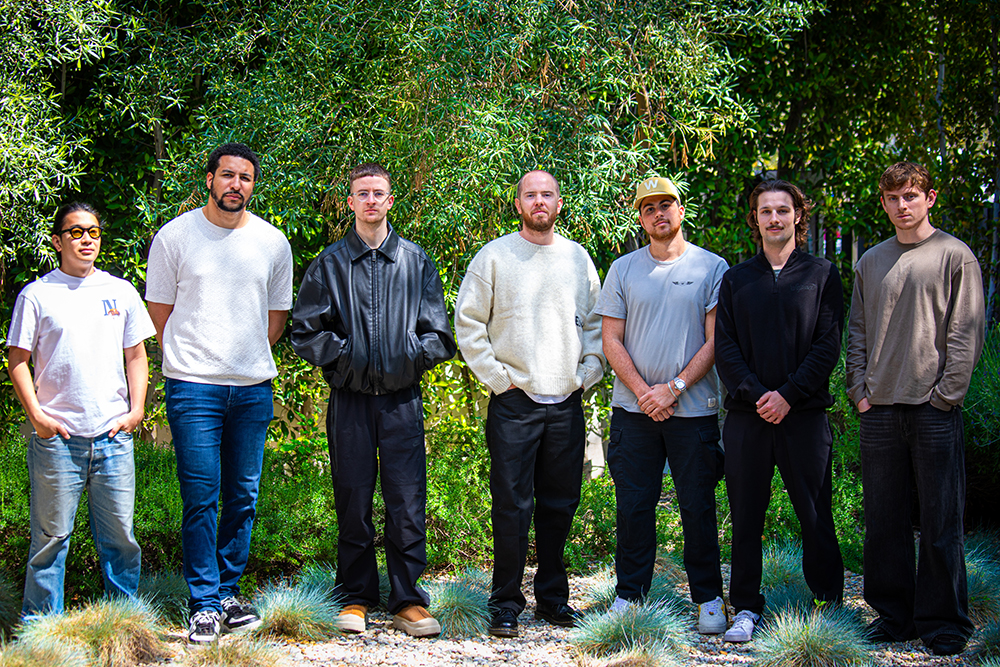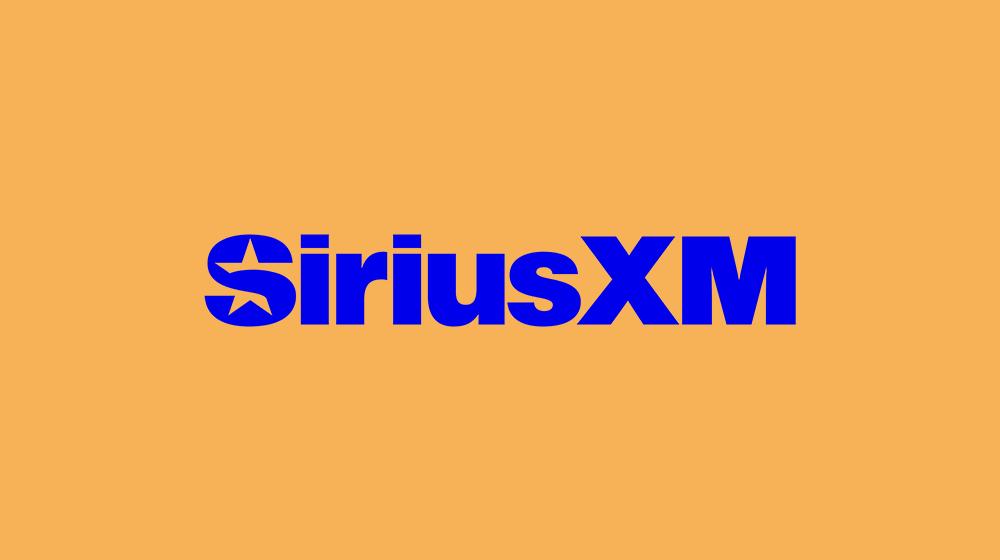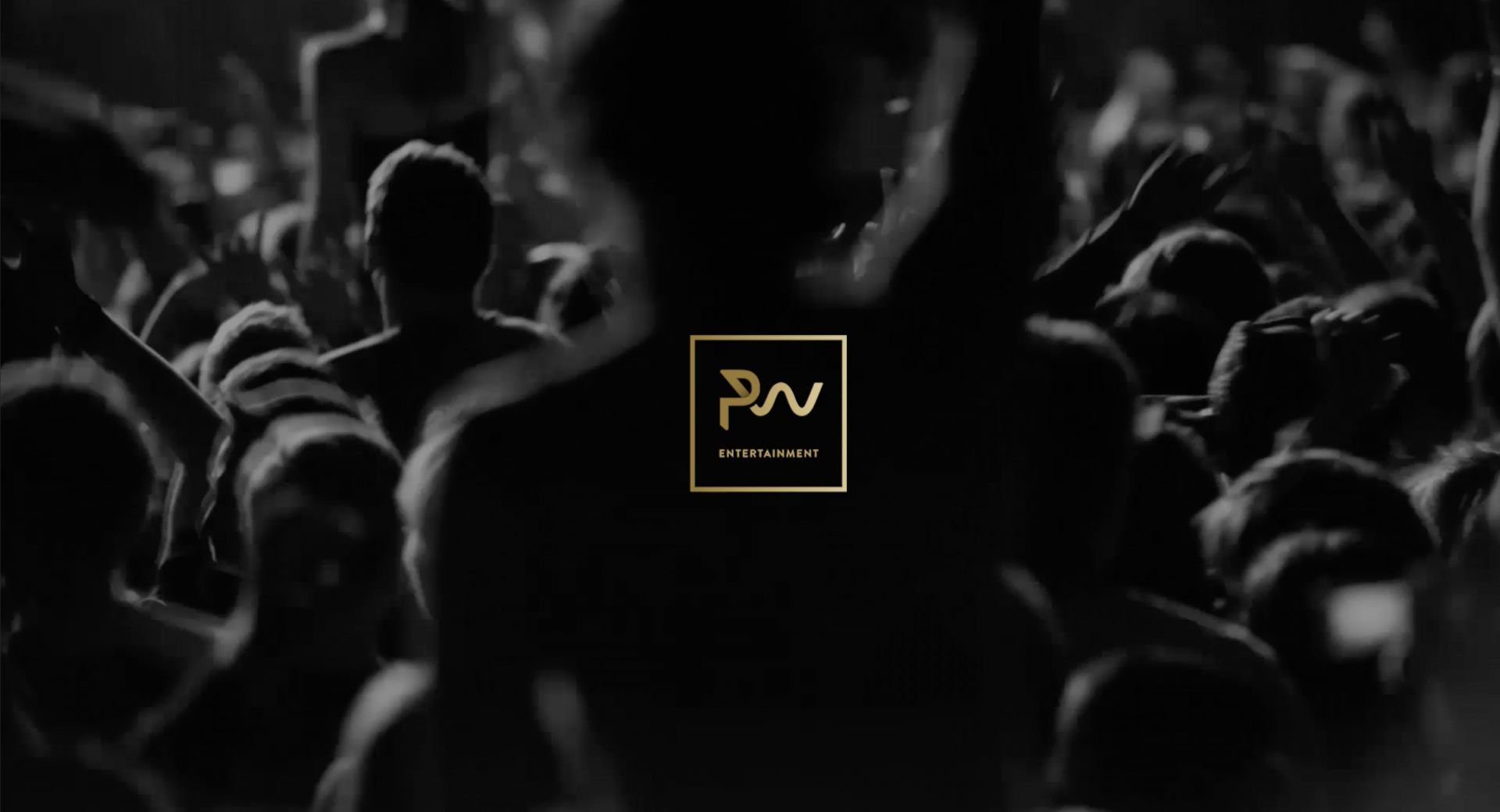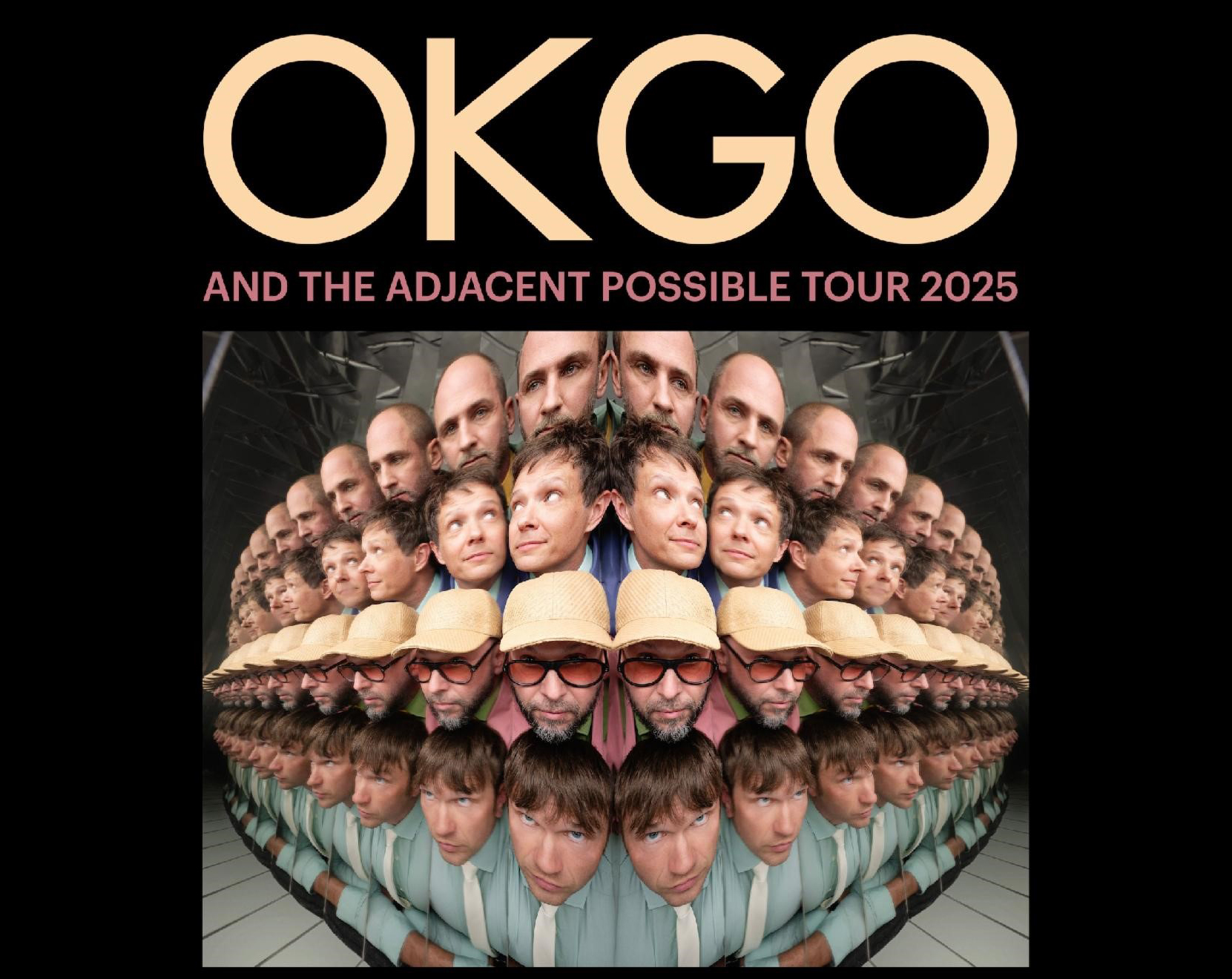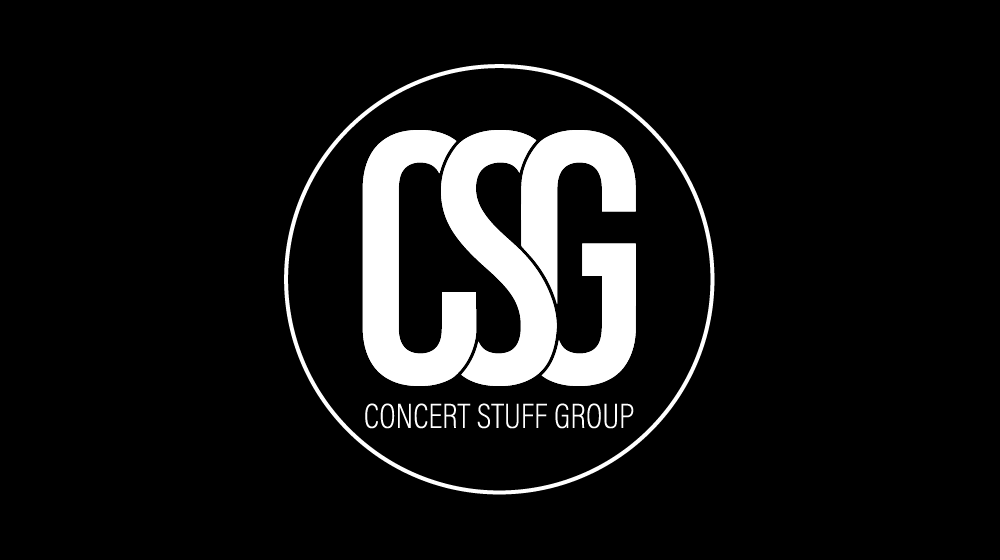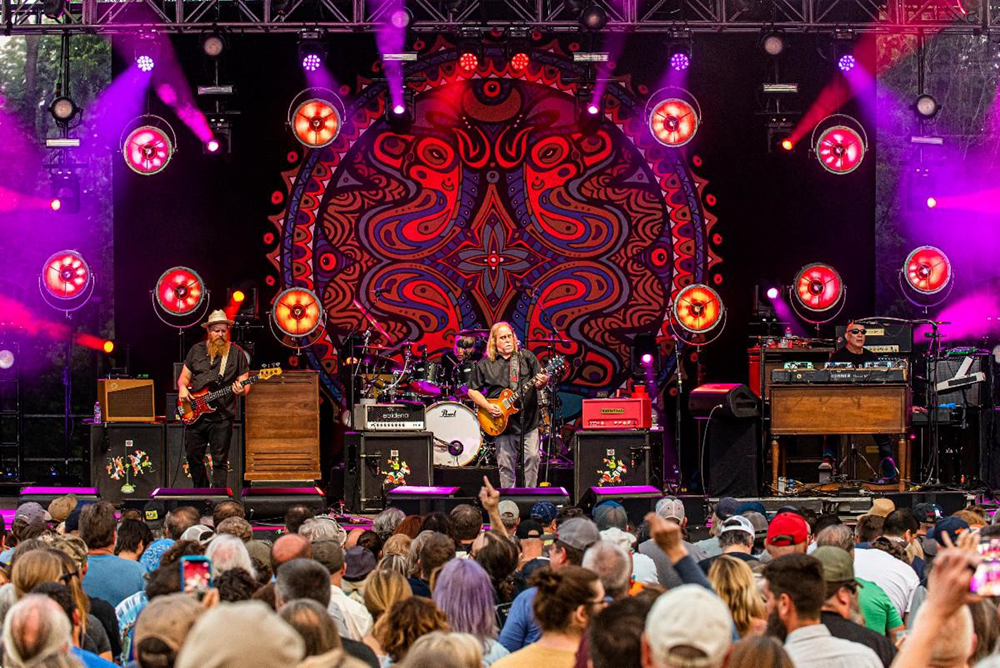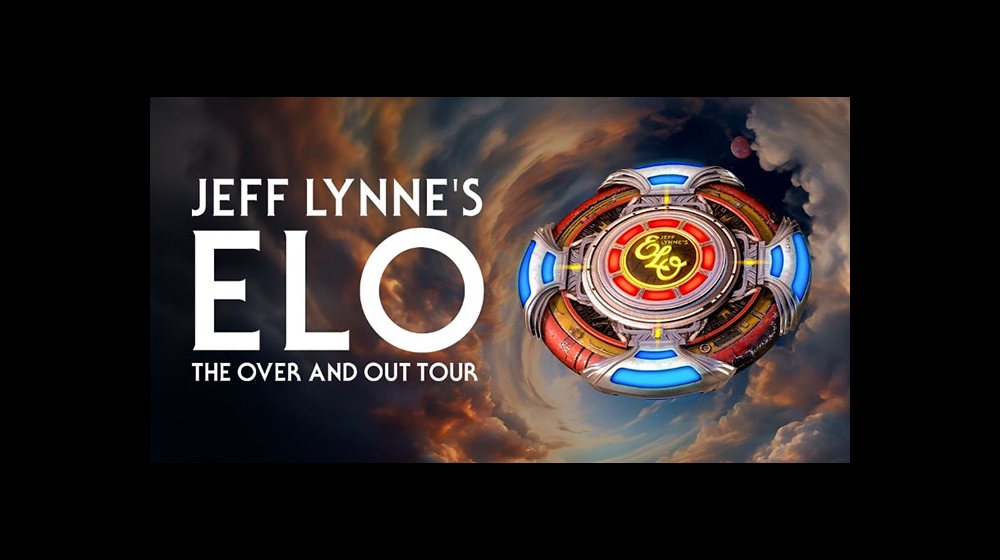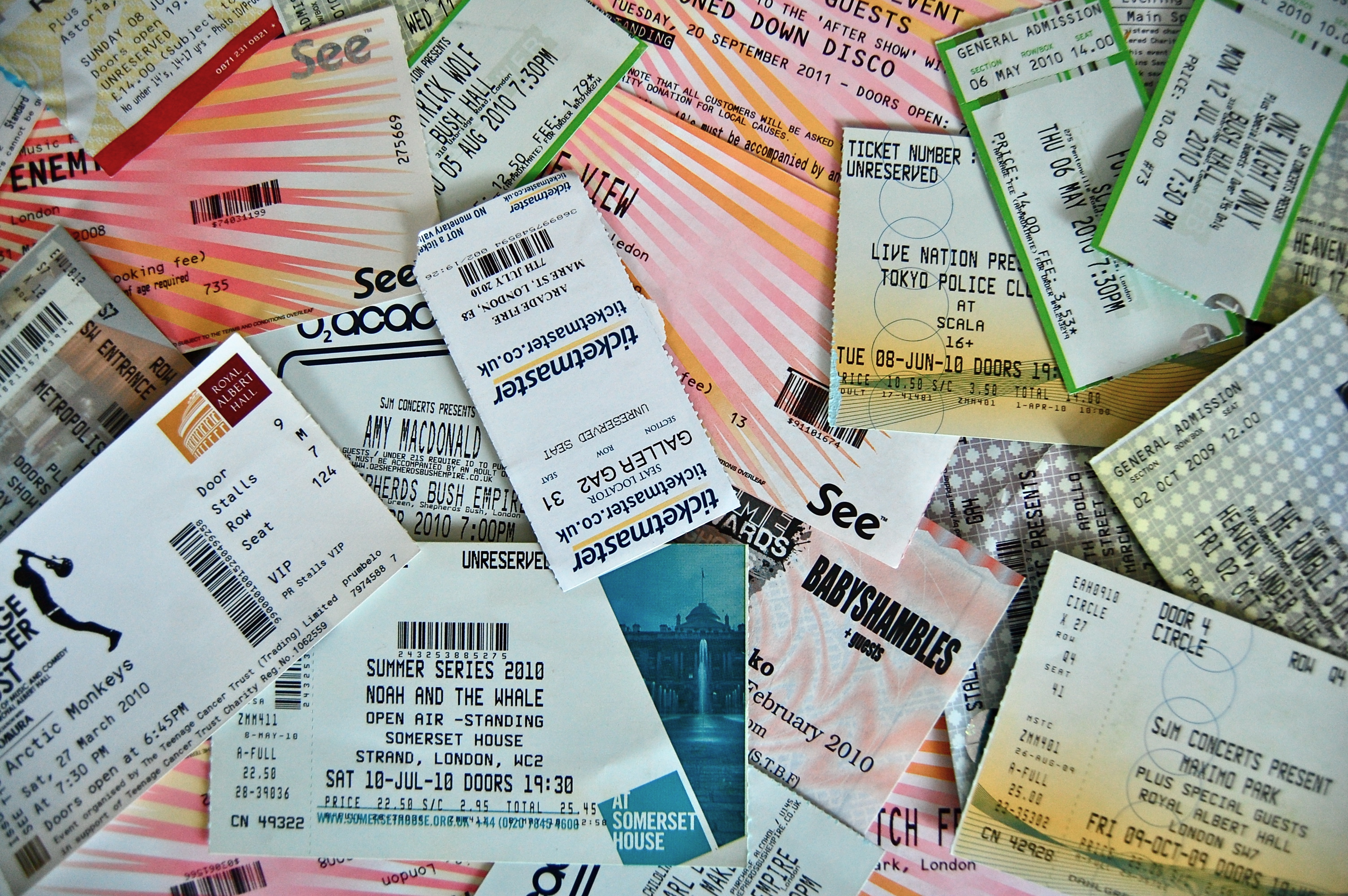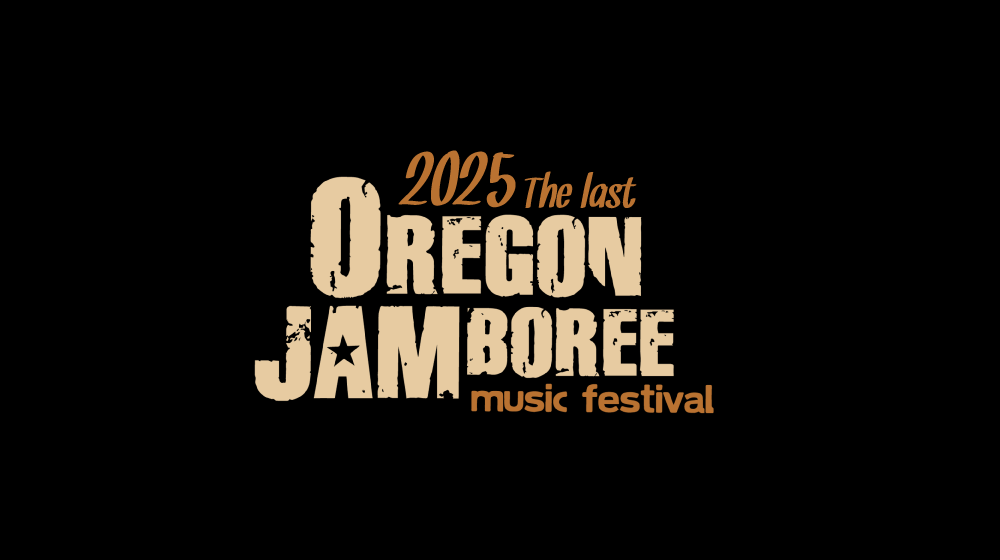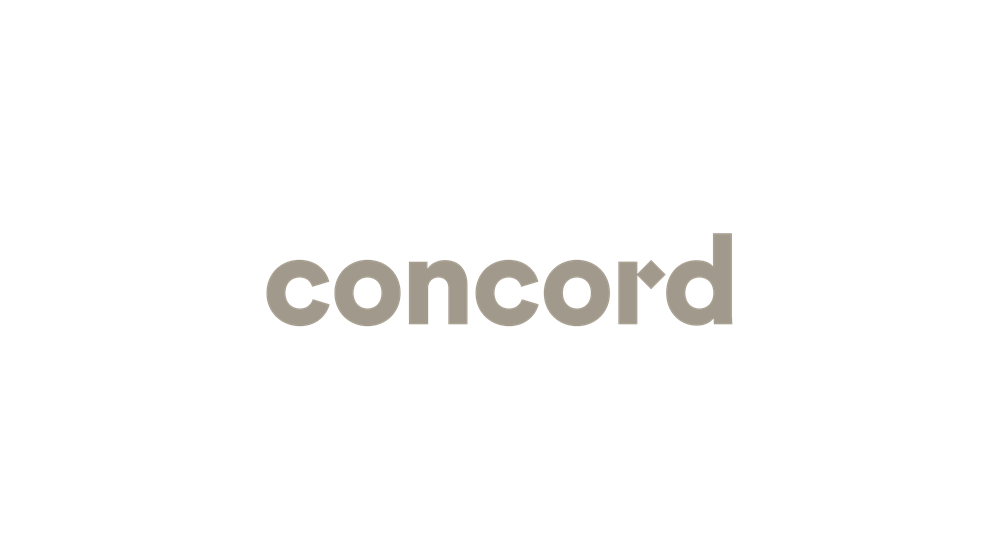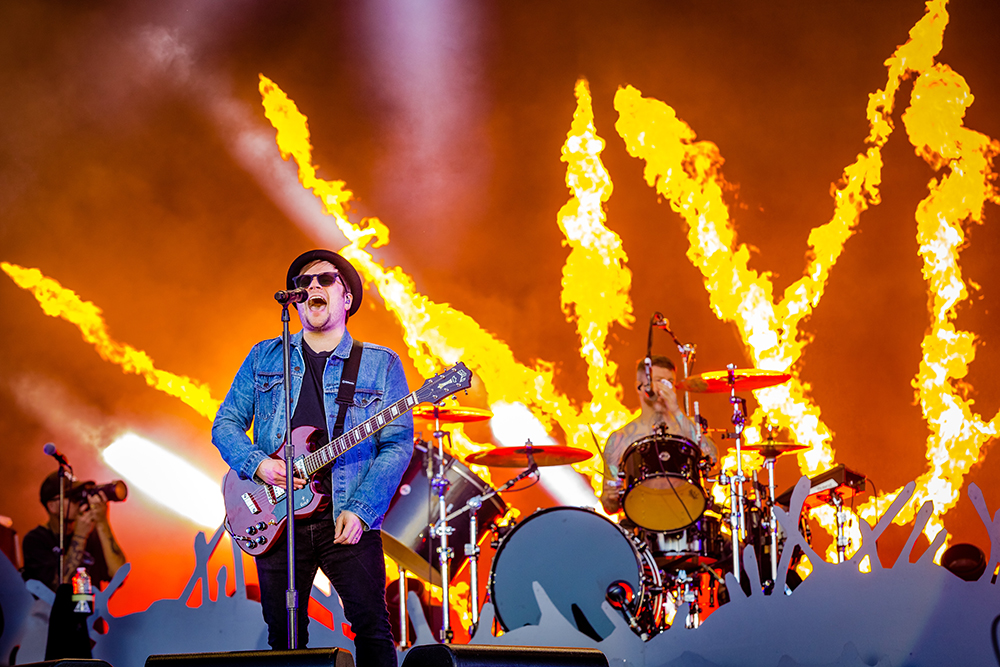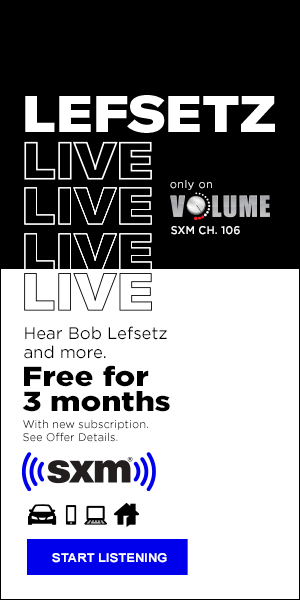“Superfans” is not a buzz word. They are not a trend. Rather, they’re a driving force for innovation in music. As you know, music sets the trends in culture and as the industry figures this out, it will ripple into all facets of brand marketing and culture.
By Nue Agency’s Jesse Kirshbaum
In our December 2024 Trend Report Recap, we laid out how 2025 was going to be the year of figuring out how to harness superfans. Now, it’s playing out in real-time across all facets of the industry.
What is a Superfan? A superfan is an extremely enthusiastic or dedicated fan. We know now that not all fans are created equal. Superfans make up 15% of the artist’s fan base but contribute disproportionately to their success.
What’s Happening?
For the longest time, the artist (and even the record label) didn’t know who their customer was. From Tower Records to Ticketmaster; from to Apple Music to the next black box intermediary; there was no clear understanding of who, specifically, was doing the buying. Social media started to crack that code by opening up conversations directly, but artists and labels still don’t own that audience connection.
I dig deeper into this in an article I wrote for Campaign US this week.
The fan space is continuing to evolve in music and the implications of this growth could amount to the next great frontier for the industry. Since I wrote this piece, we’ve seen prime examples of new Superfandom business popping up.
- Bad Bunny redefined what it means to put superfans with his Puerto Rico residency, which kicks off with exclusive shows for locals, proving that connection drives culture.
- Stationhead is turning superfans into tastemakers, giving them the power to stream, connect, and amplify their favorite artists like never before.
- Weverse is leveling up with a 19% surge in users fueled by global superstars, proving that superfans aren’t just listening, they’re buying in.
- J. Cole is creating a more intimate space for fans with his new blog, sharing personal reflections, inspirations, and what’s next in his journey.
- Lucian Grainge is setting the stage for the future of music, pushing UMG toward an artist-centric model, AI innovation, and global expansion to redefine the industry.
- And Spotify is inching closer to making superfan streaming a reality, with Daniel Ek teasing a new secretive product that could reshape the artist-fan connection.
The creator economy is changing the game. The future is about creating cultures around creators and then letting the audience create what tech folks refer to as a “network effect” that allows products to be sold and the fans to do the heavy lifting. It’s the key to success for many tech companies but has also developed with legacy music acts like Grateful Dead, Phish, and Jimmy Buffet, as well as Taylor’s Swifties and Beyoncé’s Beyhive.
This means the creators are starting to “own” their fan bases, which opens up a whole slew of opportunities. Slow Ventures just raised a revolutionary new fund on this very theory.
As dynamics between artists and fans change, more brands are getting in on the action as they revamp loyalty programs, fan clubs, access points, exclusive drops and the like.
Technological breakthroughs are making the network effect of superfans that much more scalable. Understanding your consumers and learning how to access and mobilize them will be the next big unlock for profit.
Jesse Kirshbaum
Co-Founder of Nue

